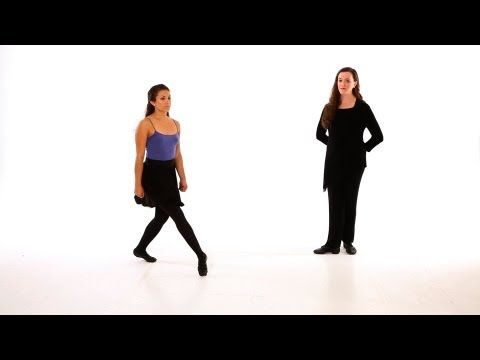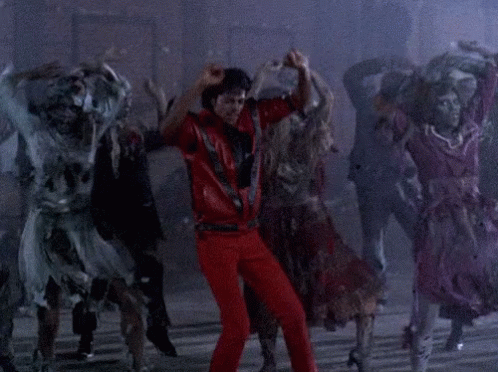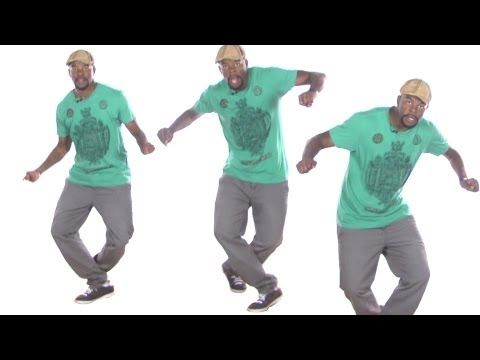How to dance coupe decale
Coupé Décalé| Numeridanse tv
COUPÉ-DÉCALÉ / ROBYN ORLIN & JAMES CARLES
PROJECT IN 2 ACTS - Creation in February 2014
CONCERNING THE PROJECT
The popular dance appears as an individualized control which allows aux interprètes to select, to reproduce or combine the elements of the preexistent code of movements (...) Being artistic means of communication, the choreographic signs of the popular dance do not have a clean individuality in the process of the communication. They are grouped in structures and forms (with functionality interns specified well) according to certain models establish by the tradition and given by the logic of the choreographic thought, component in this manner the expressive elements able to transmit a message. It goes without saying the popular choreographic language and the dance itself are in a dialectical report of interdependence, of reciprocal conditioning. In this direction, one cannot conceive the execution of a dance apart from the preliminary process apprentices wise; in addition, the choreographic language lives and grows rich only by its practice.
(Some theoretical aspects of the analysis of the popular dance of Vera Proca-Ciortea and Anca Giurchescu). The Coupé Décalé project is interested in the glance which carry the contemporary choreographers on this popular practice coming from the culture Attiée (Ivory Coast) appeared in Paris at the beginning of the years 2000. Today contemporary creation seizes many popular practices and the interpreter to nourish a “new choreographic language”, eternal recurrence like source of inspiration.
OF THE TRADITIONAL DANCE TO THE AESTHETIC AND SOCIOLOGICAL POPULAR PHENOMEN
The name "Coupé-Décalé" comes from a form of traditional dance of Ivory Coast: Akoupé of the ethnic group Attié in Ivory Coast. In the beginning of the years 2000 in Paris, this movement at the same time dance and urban music (crossing the Congolese rumba, the hip hop, the musics caribéennes and the popular songs French) is impelled by the black community, African and West-Indian origin. It acted for this youth disorientated and desilvered (student and without papers) to give an illusion of success and respectability by attending the largest clubs “Black” of Paris beside a truly easy population and which shows with a certain insolence the signs external again social "success". These evenings caused competitions of “brags” (farôter): It is the person best equipped, i.e., who carried more the famous brands and which spent the most money which was indicated as being the winner.
It acted for this youth disorientated and desilvered (student and without papers) to give an illusion of success and respectability by attending the largest clubs “Black” of Paris beside a truly easy population and which shows with a certain insolence the signs external again social "success". These evenings caused competitions of “brags” (farôter): It is the person best equipped, i.e., who carried more the famous brands and which spent the most money which was indicated as being the winner.
Little by little the individuals constituted themselves in group and organized “battles” of a new kind. One thus lives to appear groups like the “Jet set” of Paris, the “Jet8”, the “Untouchable ones” in France, but also abroad like the “Ge firn Sicilians” in Switzerland, the “royal Court” in London etc… These groups were devoted to hard “battles” and had developed a new language, a vestimentary style, the ritual ones, such as for example that travaillement to distribute large amounts of money to the public “”. It is a music producer David Monsoh who, by observing these very particular “games” young adults (they had between 18 and 24 years), had the idea to make a great popular movement of it. It is the “Jet set” of Paris which was chosen, the leadership was naturally given to Doug Saga, because naturally eccentric, extravagant and impertinent.
It is a music producer David Monsoh who, by observing these very particular “games” young adults (they had between 18 and 24 years), had the idea to make a great popular movement of it. It is the “Jet set” of Paris which was chosen, the leadership was naturally given to Doug Saga, because naturally eccentric, extravagant and impertinent.
In the course of time, the dance is popularized under the impulse of a group of DJ's of the Ivory Coast such as DJ Jacob and one names the dance "Décalé-Coupé" then "CoupéDécalé" for aesthetic reasons. Douk Saga leaves the first piece in 2003, called “Sagacity”. The video clip “Saga-cité” promotes the dance, but also the concepts which accompany the Coupé Décalé : “Farot farot” (to make the malignant one), “Boucantier” (man which makes speak about oneself, which makes its “Boucan”), “To work” (to throw banknotes). At this point in time the boucantiers of JetSet comes at Abidjan, the services and concerts multiply, in particular a giant concert with the Palace of the culture of Treichville.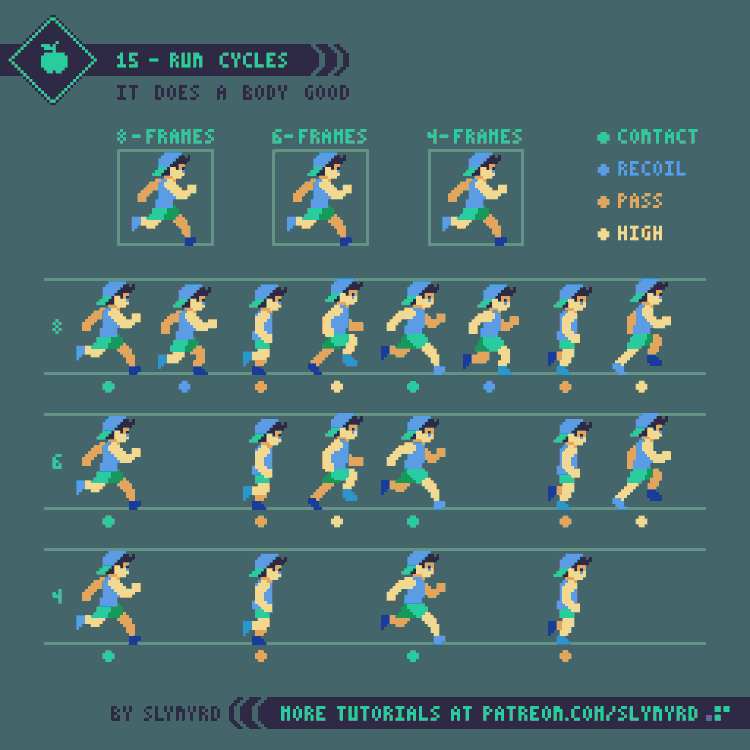
The name of the dances and the musics is evocative: economic crisis (title music and dance: Quality of life/Cowardice), war in Iraq (title music and dance: Guantanamo), epidemic (title music and dance: avian flu) etc. There are also “light” texts more or more “political” (titrates music and dance: One does not know where one goes but one goes there nevertheless!). One of the misadventures of this esthetics is the “LOGOBI”, music and dance of ball in its most primary, popular and consensual form (title: Skipping rope…).
This esthetics will irrigate at a remarkable French company and African speed in all its components. Although range in a dominant way by the young people resulting from disadvantaged classes, their ambitions exceed social, ethno-racial and national cleavages. It was adopted in a very spontaneous way by youth of all the continents. The dance is practised as well by the men as the women, but the “male presence” is more important. The Parisian DJ strongly contributed to the development, like with the diffusion of this dance/music.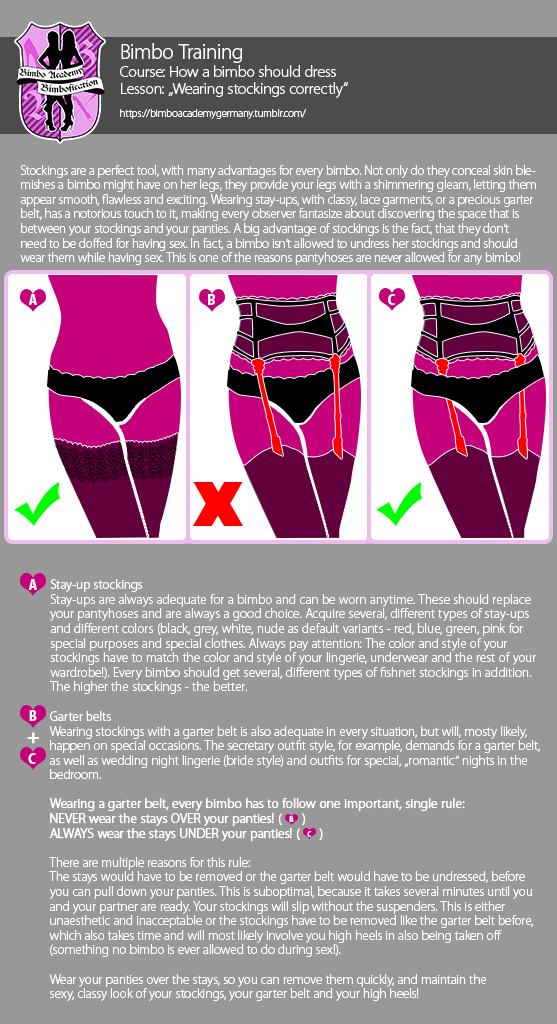 The dances are improvised and each “basic step” or “concept” are named. There are reciprocity and coincidence between the dance and the concept which underlies it. This music/dance has several faces: social satire and policy, dance with strong sexual connotation, pure entertainment etc.
The dances are improvised and each “basic step” or “concept” are named. There are reciprocity and coincidence between the dance and the concept which underlies it. This music/dance has several faces: social satire and policy, dance with strong sexual connotation, pure entertainment etc.
OF THE POPULAR PHENOMEN TO THE CHOREOGRAPHIC PROJECT IN 2 ACTS
The project is voluntarily divided into two parts puts in scene the dancer and choreographer James Carlès in a vision that Robyn Orlin adapts itself. One knows the passion of the South-African choreographer for all the danced and identity phenomena related to the black culture. As for James Carlès, it continues his research task on the origin and the emergence of the black dances and their circulation in the whole world.
In the second act, he proposes his vision of coupédécalé with the dancers whom he chose for their knowledge and their control of this dance.
The two acts thus offer a confrontation of glances which tends to appear our own approach of the black dance.
COUPÉ-DÉCALÉ / ACT 1 / I AM NOT WITH SUBCULTURE, RATHER WITH GALLERY OF SELF-PORTRAITS WITH A HISTORY WALKING IN CIRCLES
SOLO OF ROBYN ORLIN FOR JAMES CARLES
“I know the English-speaking Africa best that French-speaking Africa, I never had heard spoken about Coupé-Décalé. James Carlès came to see me and showed me images filmed in discotheques, that made me think of dances and movements which left the townships of South Africa at the end of apartheid. The kwaito in the years 1990 and pantsula, a little front, offered a mode of expression to the young generations, they found there a discharge system with misery and a manner of being affirmed. I find in all these dances and popular movements a combination of humour, painful history and humanity.
We looked at videos of its choreographic parts and we especially enormously spoke, exchanged on subjects which touch us personally both: how we are considered in our country and countries where we are foreign, how our children in these countries are considered…
We had appreciably different experiences and perceptions, but our questionings were the same ones.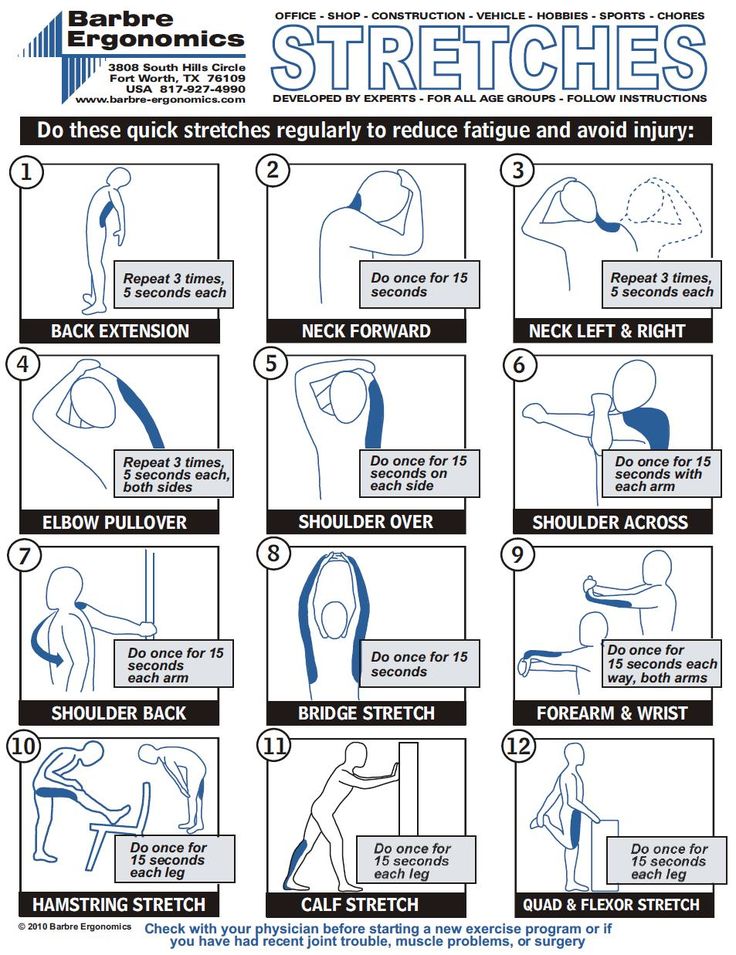 I thus submitted the project to him to create a solo with him. I am curious to see how it can bring on the scene its personal history, between Cameroon, the United States and France. And I would like to replace this history in a broader context, that of Europe where for my part I see a line of color crossing the societies.
I thus submitted the project to him to create a solo with him. I am curious to see how it can bring on the scene its personal history, between Cameroon, the United States and France. And I would like to replace this history in a broader context, that of Europe where for my part I see a line of color crossing the societies.
When I decide to work on forms of popular expression, I like to go to the source as of things and to build the show with people who practise really this form of dance or music on their premises. It is what allowed me to do the group members Via Katlehong Dance who mix the pantsula and the gumboot of South Africa for the show Imbizo E Mazweni.
I work in a very intuitive way, at the time with the dancers,
starting from their “storytelling”, their history and the way in which they tell this story. For this solo, we would undoubtedly use music of dancefloor and the interest of James for the "Coupé-Décalé", the more so as the vestimentary creativity, elegance, is an important characteristic of the movement. I am very interested by this dimension too. “
Robyn Orlin.
I am very interested by this dimension too. “
Robyn Orlin.
Remarks collected by Dominique Crébassol (November 2012)
COUPÉ-DÉCALÉ / ACT 2 / ONE WILL SPOIL THE CORNER!
PART OF JAMES CARLÈS FOR 5 DANCERS
THE WORK OF VIDEO WHAT ONE KNOWS OF THE ORIGIN OF THE WORLD/CHARLES ROSTAN
My work of the video of “Coupé-Décalé. Act 2: One will spoil the corner! ” takes as a starting point the test of Stephen Smith (Négrologie: Why Africa dies in the editions Calmann-Levy, 2003), where its starting point “falls under the direction for which has bias, neither love or hatred of Africa nor shame of oneself: The present does not have future on the continent. The freedom of tone is that of the urgency, without contempt for anybody.”.
The "Coupé-Décalé" appears to me born of this urgency, dances hybrid, expressive form founded on opposites, an emancipation vis-a-vis the hardness of the daily newspaper.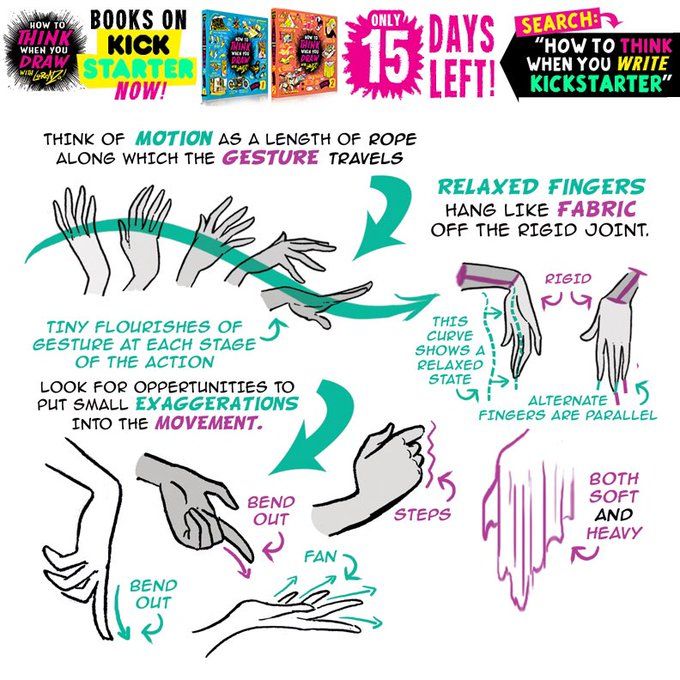 “Akoupé” symbolizes the cut body and means to cheat, fly, swindle. “Shifted” symbolizes the idea to make a fortune while leaving or while fleeing. It is in this analogy that the image of this matric body appeared to me, conflict, generating images of current Africa, a present absence. Is Africa the home of all the hopes, why does die?
Because it commits suicide in an environment dismounted by globalization. I exploit to me even this body as the resources and wealths of this country are exploited. It is the image of the trunk of the world, the body of the black woman original, founder, creative but a body in suffering, lying, failing and private its members to act.
Like Stephen Smith in the conclusion of his work, I address here to my “Western friends who perceive the black continent like a large natural park and their inhabitants - immutable since the night of times as haunted old demons. [...] They maintain [thus] one dreamed insane which kills.”.
“Akoupé” symbolizes the cut body and means to cheat, fly, swindle. “Shifted” symbolizes the idea to make a fortune while leaving or while fleeing. It is in this analogy that the image of this matric body appeared to me, conflict, generating images of current Africa, a present absence. Is Africa the home of all the hopes, why does die?
Because it commits suicide in an environment dismounted by globalization. I exploit to me even this body as the resources and wealths of this country are exploited. It is the image of the trunk of the world, the body of the black woman original, founder, creative but a body in suffering, lying, failing and private its members to act.
Like Stephen Smith in the conclusion of his work, I address here to my “Western friends who perceive the black continent like a large natural park and their inhabitants - immutable since the night of times as haunted old demons. [...] They maintain [thus] one dreamed insane which kills.”.
The temporality of the video translates this assisted suicide, this shift between late modernities and authentic cultures. The shown images maintain this dreamed insane and fatal. There are survivors in this ocean of misfortune. Admittedly Africa is eternal, it is the cradle of humanity before it becomes its tomb. Yes fortunately, Africa moves, the bodies move and live on an apparent simplicity but I now imagine to make move corpses.
The shown images maintain this dreamed insane and fatal. There are survivors in this ocean of misfortune. Admittedly Africa is eternal, it is the cradle of humanity before it becomes its tomb. Yes fortunately, Africa moves, the bodies move and live on an apparent simplicity but I now imagine to make move corpses.
Are they agitated in a macabre dance?
CREDITS
Act 1:
I Am Not A Subculture, Rather A Gallery of Coil-Portraits with A History Walking in Circles
Solo of Robyn Orlin for James Carlès
Duration: 35 mn
Act 2:
One will spoil the corner!
Part of James Carlès for 5 dancers
Duration: 45 mn
Distribution ACT I
Choreography: Robin Orlin
Interpret: James Carlès
Video: Charles Rostan
Light and governed: Arnaud Schulz
Distribution ACT II
Choreography: James Carlès
Interpreters: Brissy Akezizi, Clément Assémian, Gahé Bama, Frank Serpika, Stéphane Mbella
Video: Charles Rostan
Light and governed: Arnaud Schulz
Coupé Décalé| Numeridanse tv
- Home
- Videolibrary
- Coupé Décalé
- Piece
- Choreographer
- Director
- Credits
Coupé Décalé
About coupé-décalé: the project 'Coupé-décalé' is a choreography in two acts.
In the first, entitled 'I Am Not A Sub-Culture, Rather A Gallery of Self-Portraits with A History Walking in Circles', Robyn Orlin creates a solo with and for James Carlès, a dancer and choreographer and the initiator of this project on coupé-décalé.
The second act, 'On Va Gâter le Coin !’ (We are going to rip it up!) is dedicated to a stage performance of coupé-décalé by James Carlès and his five dancers.
[The term coupé-décalé comes from a type of traditional dance from the Ivory Coast, the Akoupé, of the ethnic group the Attié. A cross between Congolese rumba, hip-hop, Caribbean music and French folk songs, coupé-décalé appeared in Ivorean communities in Paris in the early 2000s.]
Programme extract
“From the very beginnings of the project, I had wanted an artistic collaboration with a very experienced choreographer/director who was interested in the subject of otherness. I devised this project only through dialogue, discussion and a combination of different perspectives.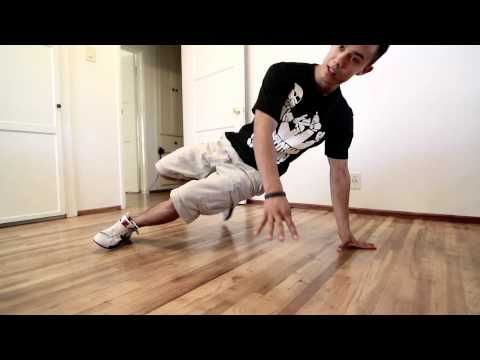 I really wanted to get as much distance as possible from these societal questions, about which I knew a great deal and in which I felt very involved.” So it was only natural that Robyn Orlin was contacted, and just as natural that she agreed to throw herself into this project.
I really wanted to get as much distance as possible from these societal questions, about which I knew a great deal and in which I felt very involved.” So it was only natural that Robyn Orlin was contacted, and just as natural that she agreed to throw herself into this project.
Act 1: Making the invisible visible...
For Act 1, after numerous discussions and workshops, Robyn Orlin chose to draw inspiration from my personal history (familial and cultural) to 'construct' the solo. The images are real, but the stories and characters are fictitious. The solo examines otherness in Europe (France), intercultural relations and the issue of territorial legitimisation. What do we really know about 'Afro-Europeans' (or Afro-French)? What readings can we make from them, from their expressions? Can we relate to each other's common history? These are just some of the various questions that led us to come up with this first act, with a lot of love and humour. The act is built around the SAPE (Société des Ambianceurs et des Personnes Élégantes – Society of Ambiance-makers and Elegant People), and the character of the 'SAPEUR' (the name for members of this society), as they are one of the key elements of coupé-décalé.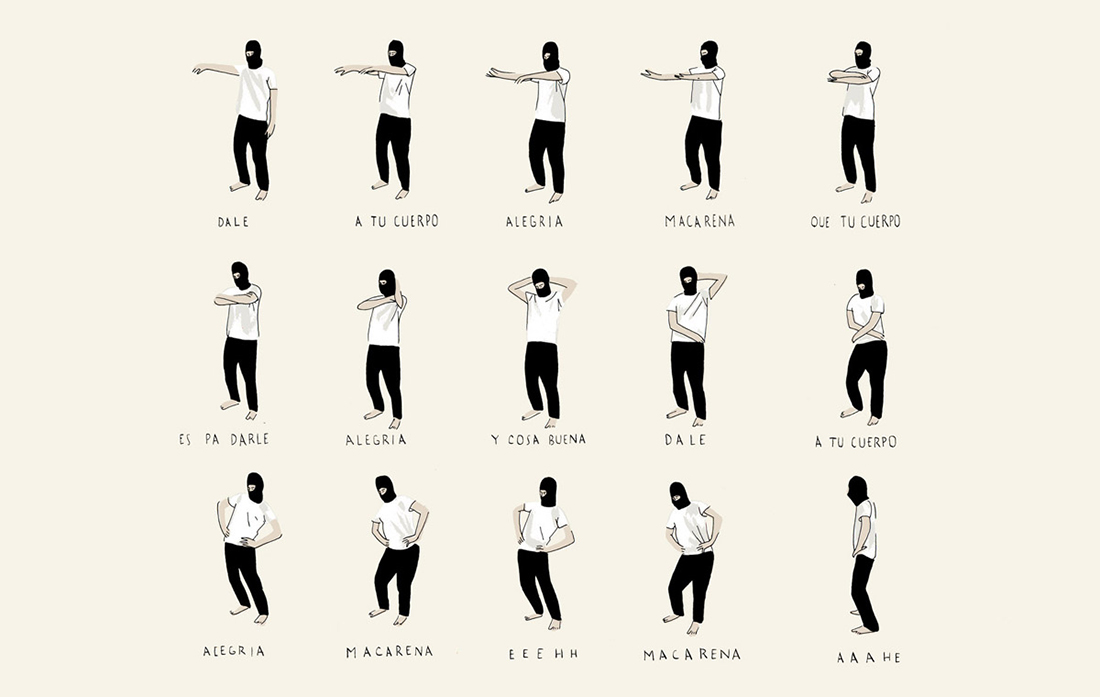
Act 2: 'Textepublic'/'Textecaché' (Public Text/Hidden Text) and polysemy...
In Act 2, I wanted to put real coupé-décalé dancers on stage, using their own codes of movement, their costumes, their language, etc. My journeys and research into the social dances of African descendants allowed me to discover the eminently political meaning of all these dances. They are born, develop and flourish from well-defined social and (geo)political contexts. Our reading of their movements shows us the extent to which these dances are real traces or markers of our societal history (dissent/assent).
When I first encountered coupé-décalé, I didn't understand it. In fact, I was rather hostile towards it. It wasn't until several years later, after a discussion with young pre-teens from a school in Nantes, that I realised that something real was happening. I carried out some ‘research trips’ to French cities such as Marseille and Paris, followed by some time in the Ivory Coast. I discovered the 'dual language' of the coupé-décalé dancers. What is said in public or shown to most people is not at all the same as what is shown to the initiated. This process reminded me of the resistance dances observed in slave-owning or colonial societies.
I discovered the 'dual language' of the coupé-décalé dancers. What is said in public or shown to most people is not at all the same as what is shown to the initiated. This process reminded me of the resistance dances observed in slave-owning or colonial societies.
On the other hand, I also noticed that the semantic field of coupé-décalé dancers is – entirely voluntarily – contradictory. Indeed, a single movement or gesture can have several different meanings.
This reality inspired me to write the quintet. The video images are real. Charles Rostand and I filmed them ourselves in Abidjan. They were then 'recreated' abstractly and applied to choreographic scenes. These images evoke the urban world, the maquis (a type of restaurant), the glo glo (shanty town). women and the numerous projections made onto them, colonial history, and many other hidden readings to be discovered in coupé-décalé which the video image metaphorically evokes.
Acts 1 and 2 constitute the two sides of the same one card. "
"
Source : James Carlès
Carlès, James
James Carles is a choreographer, researcher and lecturer. He received initial training in dance and music of Africa and its Diaspora and then trained with the great names of modern dance in New York and London mainly. Since 1992, he hired an artistic and analytical approach that explores the “places junctions” between the dances, rhythms and philosophies of Africa and its Diaspora with technical and western thoughts frames. To date, his company’s directory contains more than fifty pieces of his own creation and authors like Katherine Dunham, Pearl Primus, Talley Beatty, Asadata Dafora, Geraldine Armstrong, Rick Odums, Wayne Barbaste, Carolyn Carlson, Robyn Orlin, etc.
Dancer soloist and outstanding performer, James Carles was performer and artistic collaborator for not only numerous “all music” ranging from Baroque to contemporary music, through jazz; but also choreographers such as Carolyn Carlson, Robyn Orlin, Rui Horta, Myriam Naisy, etc.
Artist associated with Astrada- Jazz In Marciac 2012-2014, research associate in the laboratory of the University LLA Créatis Jean Jaures Toulouse, James Carles is particularly invests in heritage projects for diversity and diffusion of choreographic culture. He is also founder and artistic director of the festival “Dances and Black Continents”.
Orlin, Robyn
Robyn Orlin was born in 1955 in Johannesburg and obtained bursaries to study in London (London Contemporary Dance School) and then in Chicago (School of Art Institute).
Since her first performance in Johannesburg in 1980, she has attempted to redefine choreography and the art of theatre in her country and has become one of the most committed anti-apartheid choreographers. She starts from the principle that “dance is political”, and in her pieces she examines the social and cultural situation in South Africa: its influences, its history, its rifts and its disintegration. The choreography then creates “an iconoclastic dance which puts its foot in it”, a dance-chronicle of today's South African society, skilfully handling irony and derision; a dance that shamelessly stirs up references and identities, blending traditional popular culture with the radical avant-garde, a dance that is capable of breaking down the artist-audience barrier by putting the audience at the centre of the event.
Robyn Orlin came to France for the first time in April 2000 at the invitation of La Filature Scène Nationale, Mulhouse, with “Daddy, I've seen this piece six times before...”
She achieved immediate recognition: Rencontres Chorégraphiques Internationales de Seine-Saint-Denis, Montpellier Dance Festival, Théâtre de la Ville, Paris, followed by tours all over the world.
In 2004, Robyn Orlin took part in the inauguration of the Centre National de la Danse, Pantin and composed a solo for Sophiatou Kossoko as part of “Vif du Sujet”.
In 2005 she created “When I take off my skin and touch the sky with my nose, only then I can see little voices amuse themselves...”, a piece with 6 singers from the South African Opera, then, during the summer, “Hey dude... i have talent... i'm just waiting for god...,” a solo for the dancer-choreographer Vera Mantero.
From September 2005 Robyn Orlin was in residency for two years at the Centre National de la Danse, Pantin. In April 2007 her “L'Allegro, il penseroso ed il moderato” was premièred at the Paris National Opera.
Source :
Digital resource - Médiathèque du Centre national de la danse
http://mediatheque.cnd.fr/spip.php?page=mediatheque-numerique-ressource&id=PHO00003887
More information : robynorlin.com
Caïozzi, Denis
Following his cinema studies in Aix en Provence, he partnered with the film director Thierry Graton and together they created a production structure that enabled him to associate his two passions at the Opéra de Marseille, the Festival d'Aix, the Festival d'Avignon, etc.
At the beginning of the 1990s, he met Angelin Preljocaj who initiated him to a world that he knew nothing of: contemporary dance. They worked together on around fifteen productions. Together, they were awarded the Grand Prix from the Video Dance Festival for Le Parc.
Since 2000, he is frequently called upon for musical and dance programmes that are filmed live and direct.
Source: University of Rennes 2
Coupé Décalé
Choreography : Robyn ORLIN, James CARLÈS
Interpretation : James CARLÈS, Brissy AKEZIZI, Clément ASSÉMIAN, Gahé BAMA, Franck SERIKPA, Stéphane MBELLA
Original music : James CARLÈS, Charles ROSTAN
Video conception : Pierre SASSO, Charles ROSTAN
Lights : Arnaud SCHULZ (et régie)
Production / Coproduction of the video work : Production 24 images scène d'écran
Our videos suggestions
Our themas suggestions
Strange works
Parcours
Centre national de la danse
Strange works
Parcours
Unconventional contemporary dance shows which reinvent the rapport to the stage.
Know more
Dance at the crossroad of the arts
Parcours
Anne Décoret-Ahiha
Dance at the crossroad of the arts
Parcours
Some shows are the meeting place of different trades. Here is a preview of some shows where the arts intersect on the stage of a choreographic piece.
DiscoverKnow more
COLLECTION BAGOUET
Exposition virtuelle
Montpellier Danse
COLLECTION BAGOUET
Exposition virtuelle
La collection Dominique Bagouet sur Numeridanse présente les œuvres les plus emblématiques de son répertoire et s’enrichit au fur et à mesure de films liés à la transmission de son répertoire grâce au travail mené par l’association Les Carnets Bagouet.
DiscoverKnow more
Charles Picq, réalisateur en danse
Exposition virtuelle
Maison de la Danse de Lyon
Charles Picq, réalisateur en danse
Exposition virtuelle
Rencontre avec Charles Picq, réalisateur et vidéaste de la danse.
Know more
Why do I dance ?
Webdoc
Julie Charrier
Why do I dance ?
Webdoc
Social dances, anti-establishment, protest dances, rhythms or identities, rituals or pleasures... There are a myriad of reasons for dancing and a myriad of points of view. A webdoc to discover, enhanced with extracts from performances and accounts from amateurs... all the right reasons for dancing!
DiscoverKnow more
Artistic Collaborations
Parcours
Centre national de la Danse
Artistic Collaborations
Parcours
Panorama of different artistic collaborations, from « couples » of choreographers to creations involving musicians or plasticians
DiscoverKnow more
Meeting with literature
Parcours
Centre national de la danse
Meeting with literature
Parcours
Collaboration between a choreographer and a writer can lead to the emergence of a large number of combinations. If sometimes the choreographer creates his dance around the work of an author, the writer can also choose dance as the subject of his text.
If sometimes the choreographer creates his dance around the work of an author, the writer can also choose dance as the subject of his text.
Know more
When reality breaks in
Parcours
Centre National de la danse
When reality breaks in
Parcours
How does choreographic works are testimonies of the world? Does the contemporary artist is the product of an era, of its environment, of a culture?
DiscoverKnow more
La Maison de la Danse de Lyon
Exposition virtuelle
Maison de la Danse de Lyon
La Maison de la Danse de Lyon
Exposition virtuelle
Créée à Lyon en 1980, la Maison de la Danse fut le premier théâtre en Europe dédié exclusivement la danse. Avec plus de 150 000 spectateurs par saison et près de 200 levers de rideaux, la Maison de la Danse rassemble aujourd’hui un large public de spectacles très fédérateurs mais aussi d’œuvres innovantes et de recherche. Théâtre de diffusion mais aussi pôle européen de création et d’innovations numériques, la Maison de la Danse vous ouvre ses portes et vous dévoile ses projets.
Théâtre de diffusion mais aussi pôle européen de création et d’innovations numériques, la Maison de la Danse vous ouvre ses portes et vous dévoile ses projets.
Know more
Outdoor dances
Parcours
Julie Charrier
Outdoor dances
Parcours
Stage theater and studio are not the only places of work or performance of a choreographic piece. Sometimes dancers and choreographers dance outside.
DiscoverKnow more
The contemporary Belgian dance
Parcours
Philippe Guisgand
The contemporary Belgian dance
Parcours
This Parcours presents different Belgian choreographers who have marked history and participated in the creation of a "Belgian" style.
DiscoverKnow more
Arts of motion
Parcours
Anne Décoret-Ahiha
Arts of motion
Parcours
Generally associated with circus arts, here is a Journey that will take you on a stroll through different artists from this world.
Know more
Comments(0)Add a comment. No comments yet... Be the first to comment on this topic! Add a comment | You can log in with: |
Enter the number in the picture *:
RSS feed
| Already registered?
or login via
Other records of the author Author: Vitaliywolf
<1314 15 161718> Entries by other authors
1 2 3456> | ||||||||||||||||||||||||||||
| Read all the news of the competition on the Telegram channel @favorua ! |
Who will be the richest in Ivory Coast in 2021?
For the tenth consecutive year Aliko Dangote is people richer than continent according to Forbes with an estimated fortune of 12. 3 billion dollars on August 16th. 2021 , up $4 billion from April 2020.
3 billion dollars on August 16th. 2021 , up $4 billion from April 2020.
besides who is the richest singer in Ivory Coast?
Their vocal leader, A'salfo, will see his fortune rise to plus 10 billion francs. in The Ivorian singer is the creator of the Zoblazo musical genre, thanks to which he conquered millions of Africans during the heyday of his musical career.
Who will be the richest person in the world in 2021? As of February 2021 , Jeff Bezos' net worth is estimated at $183 billion. Beginning May 2021 , Jeff Bezos remained the man the world's richest with an ever-increasing fortune and is today valued at $206 billion.
By the way, who are the richest people in the world in 2021?
List of billionaires world in 2021
- Bernard Arnault.
- Jeff Bezos
- Elon Musk.
- Bill Gates.
- Mark Zuckerberg.
Who is the best artist from Côte d'Ivoire?
Nominated best singer coupe decal and winner of Primud d'Or 2018, here reward him best artist of Ivory Coast Serge Beino never ceases to amaze.
Who is the best artist in Côte d'Ivoire 2020?
Émile Joël Sofonnou, alias Dj Mix 1er, has been named the winner of the Primud (International Urban Music and Coupé-Décalé Prize). He becomes Safarel Obiang's successor. The ceremony took place on Sunday, October 11th. 2020 , in the presence of several show business stars Côte d'Ivoire .
Who is the richest artist in Burkina Faso?
El Hadj Moussa Coanda
This brought him wealth estimated in billions of dollars.
Who is the richest on the planet?
On Tuesday, September 28, Forbes magazine released a new list of prizes. And this year, this is Elon Musk here is in first place with an estimated net worth of $201.7 billion. He is followed by Jeff Bezos with $193.6 billion.
Who will be the richest woman in the world in 2021?
Françoise Bettencourt Meyers, here inherited from Liliane Bettencourt in 2017, the richest woman in the world . In the census of billionaires in 2021 , then women account for 11.9% of the total.
In the census of billionaires in 2021 , then women account for 11.9% of the total.
Who is the biggest fortune in the world?
Top 5 richest billionaires in the world
| Item | Fortune to billions of dollars (billions of dollars) | Name and surname |
|---|---|---|
| 1 | $177.00 | Jeff Bezos |
| 2 | $151.00 | Elon Musk |
| 3 | $150.00 | Bernard Arnault and his family |
| 4 | $124.00 | Bill Gates |
• August 16, 2021
Who will be the richest person in Cameroon in 2021?
Baba Danpullo is the first wealth of Cameroon with a fortune of 940 million dollars (approximately 567 billion CFA francs).
Who is the best Ivorian artist of all time?
DJ Arafat, real name Ange Howan, born on January 26, 1986 years old in Yopougon and died in a traffic accident on August 12, 2019 in Abidjan, is and singer , composer, lyricist, dancer-choreographer, producer and musical arranger Côte d'Ivoire , awarded the title Officer of the Order of Merit for Culture.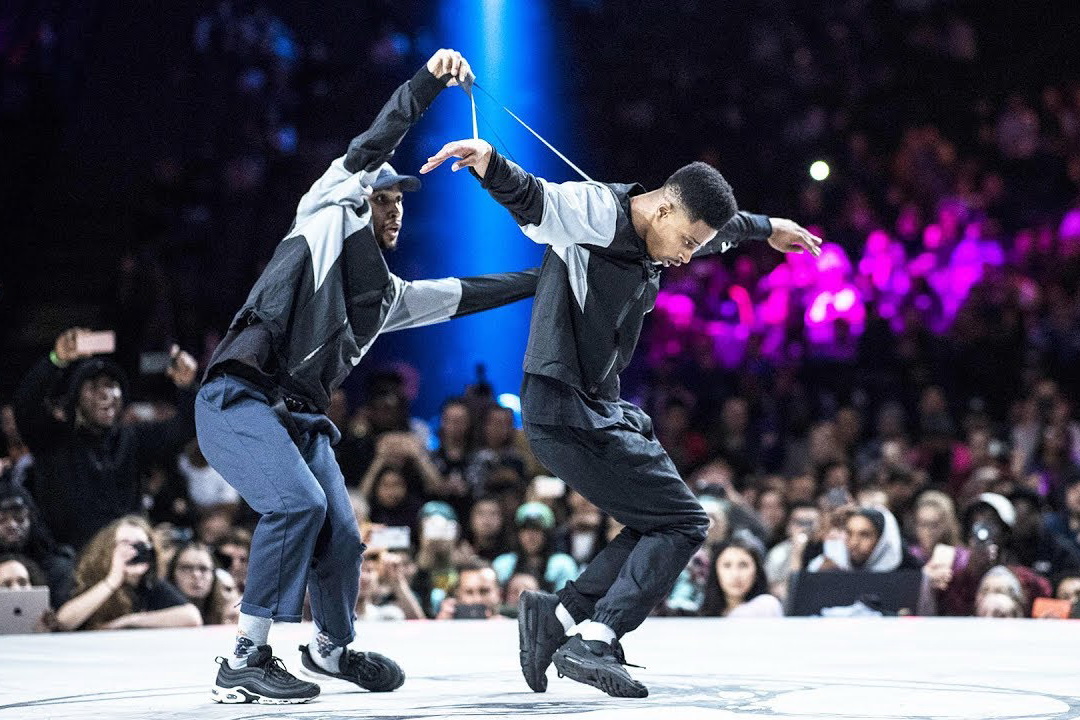 Ivory Coast .
Ivory Coast .
Who was the first artist from Côte d'Ivoire?
Premature death in June 1983 at the age of 35 by Ernesto Gedje. is Recognized as the first Ivorian artist to make all of sub-Saharan Africa dance.
Who is the best artist of Coupé-décalé 2021?
The Ivorian musician DJ Arafat was elected on Sunday. best artist "of the year" for the second year in a row during the second edition of the "Awards cut displaced ", in front of his rivals and fans gathered in a large hotel in Abidjan.
See also
Who is the best Coupé-décalé artist 2020?
The Ivorian musician DJ Arafat was elected on Sunday. best artist "of the year" for the second year in a row during the second edition of the "Awards cut displaced ", in front of his rivals and fans gathered in a large hotel in Abidjan.
Who is the best rapper in Ivory Coast?
But we can also quote Fior 2 Bior ( here recently released a track with rapper French Niska), Bop de Narr, Widgunz, Himra or, for women, Andy S and Mosty . ..
..
Who is the best Zouglou artist 2020?
Prize Best Artist Zuglu 2020 was awarded in Burkina Faso to the VDA group. Pitch and Jim traveled to the land of honest people to collect their trophy, the result of their big break this year. 2020 . They were received by the Minister of Culture of Burkina Faso, Abdul Karim Sango.
Who is the best Burkina rapper in 2020?
Music/ Burkina : After 3 singles rapper Kayavoto releases his first album.
Who is the best player in Burkina Faso?
Burkina Faso
| # | Player / current club | |
|---|---|---|
| 1 | Mumuni Dagano retired | 44 |
| 2 | Aristide Banse Williamsville AK | 63 |
| 3 | Alain Traore AS Arta / Solar7 | 53 |
| 4 | Jonathan Pitroipa Esperance Chartres-de-Bretagne | 69 |
Who are the top 10 richest people in the world?
| Item | Wealth in billions of dollars (billion dollars) | Name and surname |
|---|---|---|
| 1 | $198. |
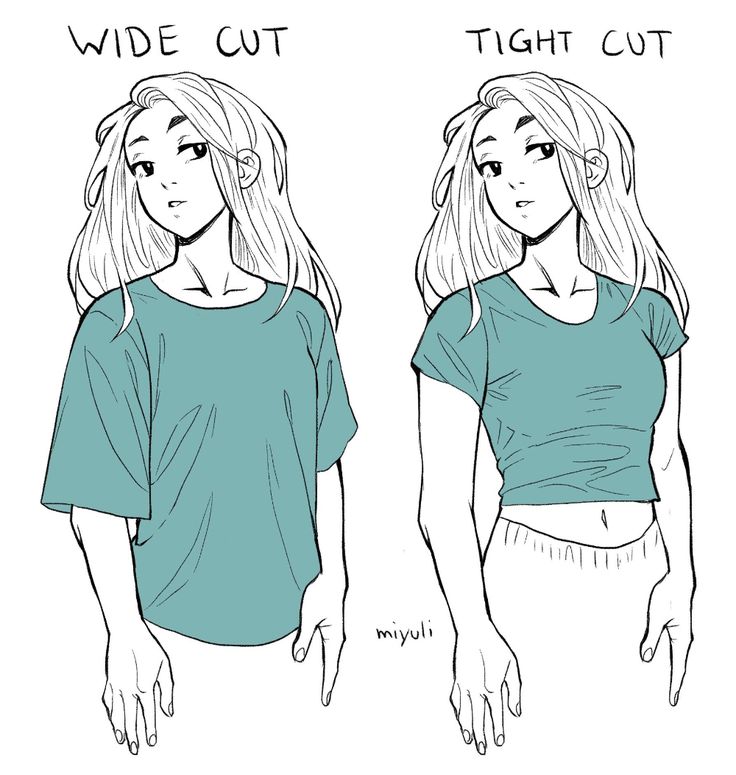 )
) 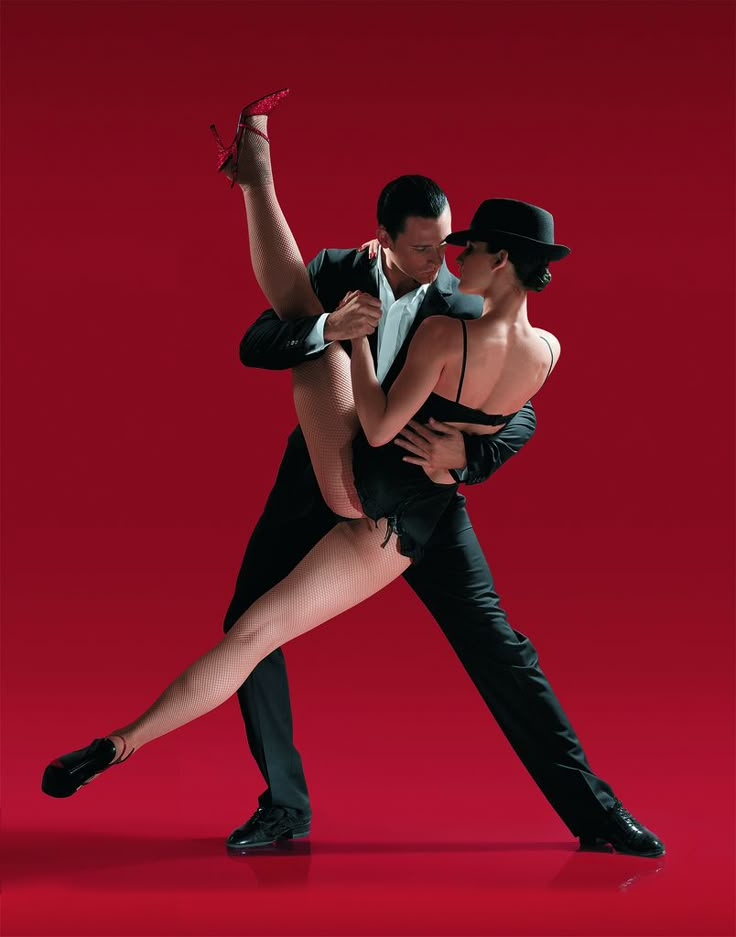 ..
..  Isn't it so nice to look at the beauty of movements, the flexibility of a dancer? Dance –…
Isn't it so nice to look at the beauty of movements, the flexibility of a dancer? Dance –…  ..
.. 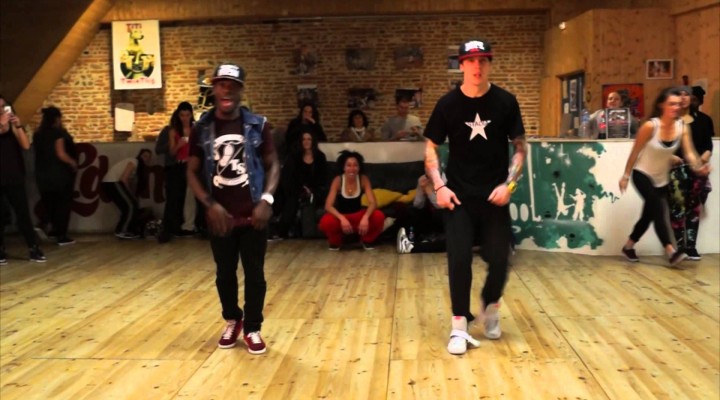 Fashion is a revolutionary process, with designers gaining ideas and gobanney from the past and bringing it into the present. What's old is new and what's new suddenly becomes old again…
Fashion is a revolutionary process, with designers gaining ideas and gobanney from the past and bringing it into the present. What's old is new and what's new suddenly becomes old again…  It can be a laptop, makeup, or…
It can be a laptop, makeup, or… 


